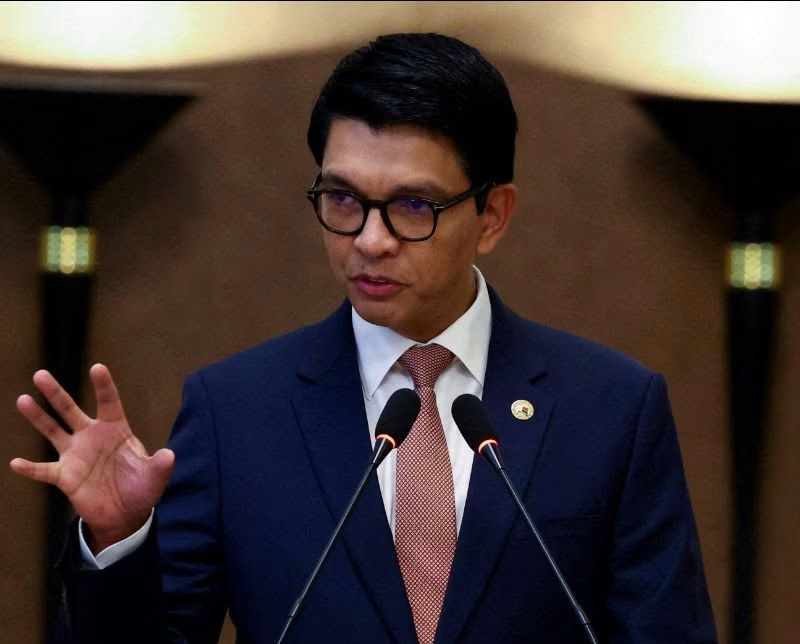The South African Institution of Civil Engineering (SAICE) welcomes the government’s commitment to infrastructure investment as outlined in the 2025 State of the Nation Address (SONA). The announcement of more than R940 billion allocated for infrastructure over the next three years, with R375 billion earmarked for state-owned enterprises, reflects a much-needed focus on revitalizing South Africa’s built environment. Since 2024, the SONA 2025 outlines a much larger financial commitment in terms of infrastructure provision. Infrastructure development remains a key driver of economic growth, and SAICE is encouraged by the renewed emphasis on public-private partnerships, blended finance models, and essential maintenance programmes.
Infrastructure Investment and Economic Growth
The commitment to invest in critical infrastructure—including roads, bridges, ports, and water projects—is a positive step. The approval of 12 blended finance projects worth nearly R38 billion and the expectation of R100 billion in funding from local and international investors highlight the potential to unlock further growth. However, while these investments are substantial, SAICE notes that they remain below the levels recommended by the World Bank, which estimates that South Africa requires annual infrastructure investments amounting to 8.7% to 11.2% of GDP to meet its sustainable development goals.
SAICE CEO, Sekadi Phayane-Shakhane, underscored the importance of not only funding new projects but also ensuring their effective implementation and the proper maintenance of existing infrastructure. “We encourage government to work closely with SAICE experts to streamline infrastructure project execution, as this is the most efficient way to turn these plans into a reality for South Africans,” she stated.
Water Infrastructure: Addressing an Urgent Crisis
Water security remains a critical challenge for South Africa. The government’s commitment to securing R23 billion for seven large-scale water projects, including the Lesotho Highlands Phase 2 Polihali Dam, is commendable. This project, expected to add 490 million cubic meters of water per year into the Vaal River system, will help address some of the country’s growing water demands. Additionally, progress on the Ntabelanga Dam for the uMzimvubu River will bring much-needed water resources to the Eastern Cape.
However, SAICE urges the government to take a more proactive approach to water infrastructure maintenance. Reports indicate that between 45% and 55% of South Africa’s water is lost due to leaks and aging infrastructure. With an estimated R1 trillion needed to repair and upgrade existing water infrastructure, SAICE stresses the importance of addressing these systemic inefficiencies before they lead to further crises.
Furthermore, South Africa’s water boards remain in financial distress, with debts exceeding R23 billion. If not addressed, this could lead to water supply failures in multiple provinces. A more structured financial model—potentially including national funding for water boards rather than sole reliance on municipal payments—is necessary to ensure the sustainability of bulk water supply systems.
Governance, Maintenance, and Institutional Capacity
SONA acknowledged the deteriorating state of infrastructure across roads, water, sewer systems, landfills, hospitals, and schools. The recognition of poor municipal governance and financial mismanagement as key challenges is a step in the right direction. The introduction of ring-fenced utilities for water and electricity services could help improve efficiency, but long-term success will depend on their professional management and insulation from political interference.
SAICE welcomes the government’s renewed focus on state-owned enterprises (SOEs) and the need to rebuild their institutional capacity. However, the country must avoid the cycle of allowing infrastructure and institutions to collapse before taking corrective measures. The delays in key projects, such as the Lesotho Highlands Phase 2 and the Ntabelanga Dam, illustrate the broader challenge of inefficient project execution. Government must ensure that revised public-private partnership regulations allow private sector expertise to be integrated from the planning phase, rather than post-approval.
Energy, Logistics, and Industrial Impact
While the reduction in load shedding over the past 300 days is a welcome development, SAICE urges transparency regarding the costs associated with emergency diesel use. The sustainability of the current power stability must be assessed, particularly given the impact on industries such as steel manufacturing, which are facing significant job losses.
Additionally, while government has committed to improving rail and port logistics, delays in finalizing private concessions—such as the operation of Durban Port—raise concerns about execution timelines. Efficient logistics are crucial for economic recovery, and further delays could hamper growth efforts.
Infrastructure Funding and the Need for Greater Ambition
The government’s commitment of R940 billion for infrastructure over three years, while substantial, remains below what is required to address the country’s needs. For example, estimates indicate that bringing South Africa’s surfaced and gravel roads to a “good” condition alone would require R900 billion. Furthermore, the targeted 3% economic growth rate set by the Government of National Unity (GNU) lacks ambition. SAICE recommends setting a more aggressive growth target, such as 7%, which would necessitate bold, transformative actions across multiple sectors.
A Call for Greater Collaboration
2025 SAICE President, Friedrich Slabbert remarks to say, “…while SONA 2025 provides encouraging commitments to infrastructure development, the key challenge remains execution. Many initiatives—such as the District Development Model, which was conceptualized over a decade ago—have struggled to gain traction. South Africa must move beyond policy announcements and into efficient, results-driven project implementation.”
SAICE urges the government to engage civil engineering professionals and industry experts in shaping infrastructure solutions. Only through a collaborative approach that includes the private sector, academia, and professional bodies can South Africa’s infrastructure challenges be meaningfully addressed. As the country looks to the future, SAICE remains committed to contributing its expertise in ensuring that infrastructure investments translate into real, measurable improvements for all South Africans.
For more information, visit https://saice.org.za











